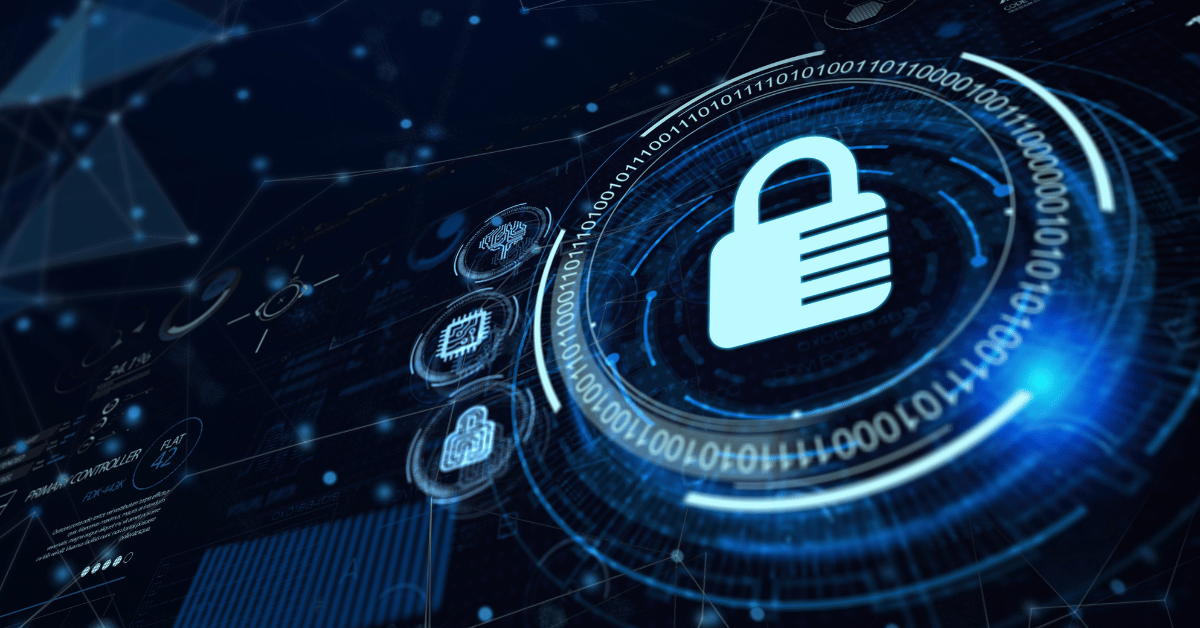6 Tips for Enhancing Security Across Your Remote Workforce

Before the pandemic, 17% of employees in the US worked from home five days or more per week – a share that catapulted to 44% during the pandemic, and more than 60% after the pandemic. The COVID-19 pandemic climaxed the remote working trend, as workers were forced to work from home – a trend that continues as many organizations have embraced remote work within their company culture.
With this growing trend, organizations should enlighten employees on data security and how everyone is responsible for protecting it. They should also create certain practices and steps to strengthen their organization’s data security. Remote workers must prioritize safe practices, data security education.
Since 2020 began, the expectations that surround remote work have dramatically changed. The levels at which employees are looking for work-from-home jobs at an increasing rate, and employers are adopting the technologies, culture, and processes to make it happen. Across the globe, more businesses have implemented flexible schedules where employees can work on-site, remotely, or both. An estimate by Upwork stated that 36.2 million Americans will be working remotely by 2025, an 87% increase from pre-pandemic levels.
While these flexible work options bring a huge range of benefits for both employer and employee, they also bring some challenges, particularly around data protection. The increase in working remotely must prompt organizations also, to level up their network security. Organizations can no longer rely on traditional network security to prevent unwanted network access. What to do is not difficult. It just requires technologies that enable enhancing security.
One of the main perks of working remotely is location flexibility, but now that telecommuting has become commonplace data security is more of a concern. This stems from employees using unsecured Wi-Fi networks or bringing company devices with confidential data to public locations. It was reported that 86% of organizations believe that remote workers increase the chances of an organization‘s data security breach.
So, what can organizations with large remote workforces do to properly secure network access? Here are some viable ways to get started:
Enhancing Security with a Formal Cybersecurity Policy
The first step in protecting an organization’s data is ensuring all employees view data security as a priority. Believe it or not, today, so many employees might still not know that data security is one of those things they should be highly concerned about, at both professional and personal levels.
Employees may assume that if they are not working directly with customer data or higher in the organization’s hierarchy, that they don’t need to worry over data security. Organizations should not assume that their employees know anything about their role or best practices in cybersecurity.
The best place to start is by creating a cybersecurity policy. Make all existing and new employees sign and review the policy so that everyone in the company holds responsibility for protecting employer data.
Ensure All Internet Connections Are Secure
The most common way to open your company to a data security breach is to use an unsecured Wi-Fi network. As a remote worker, you know and understand the need to get out of your house now and then. Here, remote workers need to be aware of how to ensure they keep company data secure.
The easiest way is to ensure employees use a virtual private network (VPN). When they use VPNs before signing into public Wi-Fi networks, the employee’s internet traffic will be encrypted and monitored for any signs of infection. Remote workers can freely step out of the house, and companies can guarantee that their data is secure.
Note that not all VPNs are created equal. To ensure your organization uses the appropriate VPN, verify the VPN you are using and ensure it covers every factor you need, not just last-stage encryption. Once you decide on the standards you want, review the reputation of the VPN provider and conduct a cost comparison.
Keep Strong, Varied Passwords & Use a Password Manager
Another easy way to protect your organization’s data is using strong password hygiene. Many people still don’t consider password safety an important step to prevent data breaches. Many even admit that they use the same password across various programs and devices but informing remote workers about password protection is one of the major keys to securing your company’s data.
Using a password manager to randomly generate passwords for you is another way to lessen cyber risk. The password manager will store all your passwords safely and prevent the need to remember their different passwords.
Enhancing Security with Two-Factor Authentication
Many organizations are adopting two-factor authentication to improve their data security. This method authenticates the user by requiring a username and password, along with either entering a PIN sent to their cell phone or answering a secret question. Though passwords can often be stolen or compromised, two-factor verification, it is unlikely for another person to have the PIN or answer a security question.
Enhancing security even further, organizations could move to multi-factor authentication that requires additional verification, including voice or fingerprint recognition, face identification and voice recognition. This is typically more expensive and complex, but could be warranted depending on the level of security needed by an organization.
Use Encryption Software
Encryption software is another way organizations, and their remote workers can protect data. Suppose an employee’s device gets lost or stolen. In this case, the information on the lost or stolen device can find its way into the wrong hands and open the company to vulnerabilities and data breaches. Encryption software protects organization data by barring access from unauthorized or third-party users of those devices.
In addition, the organization should be mindful that any programs used for chatting, applications, or email should use end-to-end encryption. Popular programs like Adobe Acrobat and Microsoft Office, for instance, can easily encrypt documents and files that your remote workers use and share amongst each other.
Don’t Forget Firewalls, Antivirus Software & Antimalware
Ensure remote workers have up-to-date antivirus software, anti-malware and firewalls on all their devices. In cases where devices are stolen, organizations might also want to wipe the lost or stolen devices remotely. Mobile device management platforms can perform most or all of these services by allowing remote workers to continue using their devices while ensuring the safety of company data.
Employees might need the help of their employer in ensuring that their devices have these protections installed in them. Employees don’t always have the same technical expertise, so organizations concerned about data security should be ready to offer technical support help. This could mean creating partnerships with tech support services close to their remote workers or forming an internal tech support team that can guide employees through the necessary steps.
Remote work does not have to negate data security. Once these top cybersecurity procedures are implemented and remote workers are educated, they can become standard practices quickly that the entire organization can easily commit to. .
Final Thoughts on Enhancing Security for Remote Workers
Diligence from all management and employees is required to ensure these security measures are followed. Following the above guidelines can strengthen your organization’s security posture while keeping your data safe and secure.
Try Portnox Cloud for Free Today
Gain access to all of Portnox's powerful zero trust access control free capabilities for 30 days!







